Ribosome inactivating proteins
Home » » Ribosome inactivating proteinsYour Ribosome inactivating proteins images are available. Ribosome inactivating proteins are a topic that is being searched for and liked by netizens today. You can Download the Ribosome inactivating proteins files here. Download all free photos.
If you’re searching for ribosome inactivating proteins pictures information connected with to the ribosome inactivating proteins topic, you have pay a visit to the right blog. Our site frequently gives you hints for seeing the highest quality video and image content, please kindly hunt and find more informative video articles and images that fit your interests.
Ribosome Inactivating Proteins. A ribosome-inactivating protein RIP is a protein synthesis inhibitor that acts at the eukaryotic ribosome. Ribosome-inactivating proteins RIPs are widespread among higher plants of different taxonomic orders. The interaction with and entry into. The subject has been dealt with in a number of reviews some of them recent Nielsen and Boston 2001 Peumans et al 2001 Van Damme et al 2001 and other.
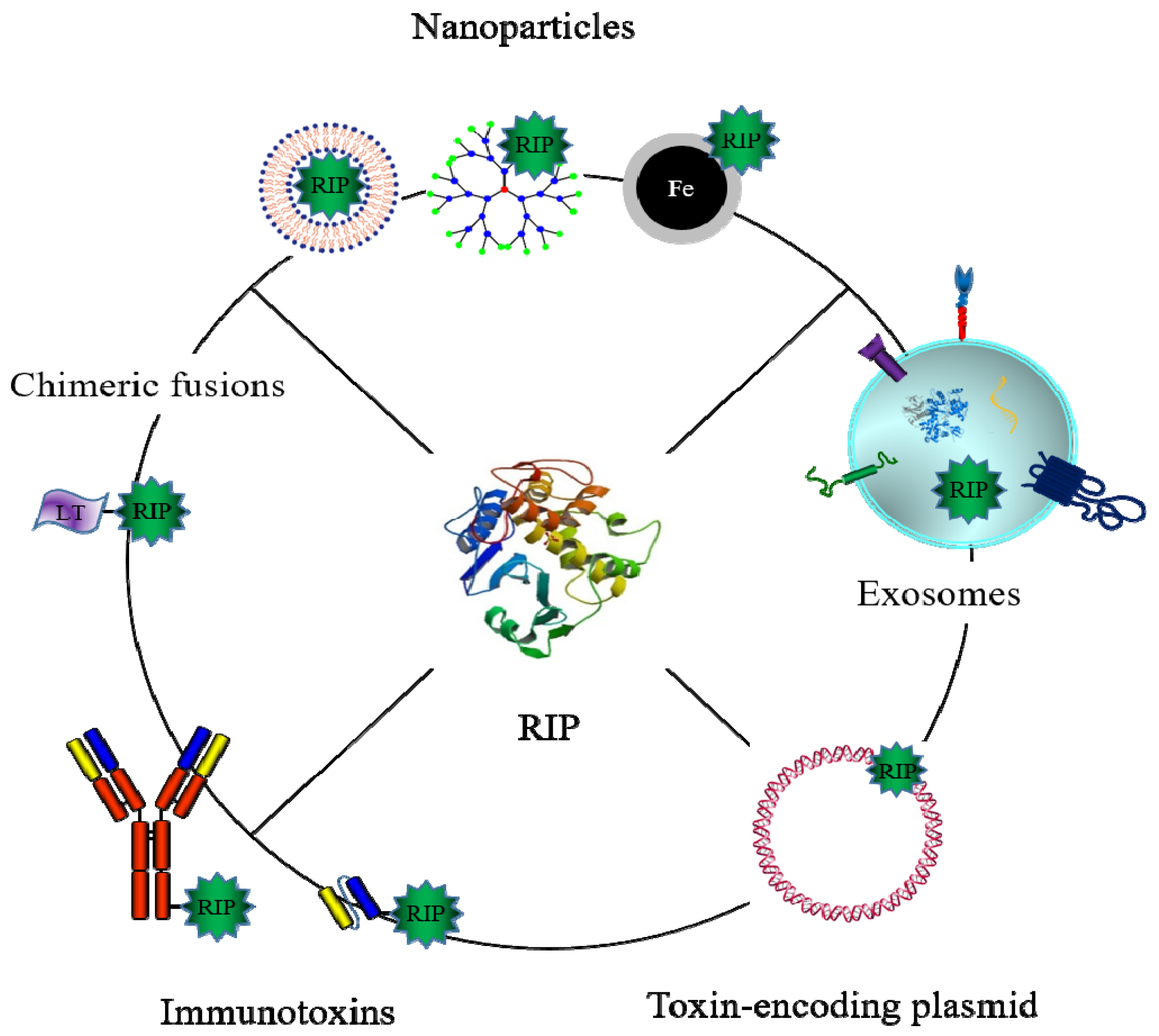 Toxins Free Full Text Plant Ribosome Inactivating Proteins Progesses Challenges And Biotechnological Applications And A Few Digressions Html From mdpi.com
Toxins Free Full Text Plant Ribosome Inactivating Proteins Progesses Challenges And Biotechnological Applications And A Few Digressions Html From mdpi.com
A ribosome-inactivating protein RIP is a protein synthesis inhibitor that acts at the eukaryotic ribosome. The subject has been dealt with in a number of reviews some of them recent Nielsen and Boston 2001 Peumans et al 2001 Van Damme et al 2001 and other. They are broadly classified into two groups. Including a list of all known RIPs their distribution in nature structure genetics and chemical and immunological properties this reference covers mechanisms of action including the enzymatic activity on various polynucleotide substrates. Noctuidae By Fiorenzo Stirpe and Célia Carlini. Ribosome-inactivating proteins RIPs are mainly present in plants and function to inhibit protein synthesis through the removal of adenine residues from eukaryotic ribosomal RNA rRNA.
They are RNA N-glycosidases have antiviral antifungal and insecticidal activityTheir expression in plants is increased under stressful conditions.
They also depurinate other polynucleotide substrates. Ribosome-inactivating proteins RIPs either single-chain type 1 or two-chain type 2 are frequent in plants often in multiple forms. This depurination inactivates the ribosome thereby blocking its further participation in protein synthesis. All RIP domains from Rosaceae share high sequence similarity with. The nature distribution mechanism of action and properties of these proteins are briefly reported together with the. Type I RIPs are a diverse family of proteins comprising a single polypeptide chain whereas.
 Source: researchgate.net
Source: researchgate.net
Type 1 ribosome-inactivating proteinsEntomotoxic oxidative and genotoxic action on Anticarsia gemmatalis Hübner and Spodoptera frugiperda JE. This important reference provides up-to-date information on all aspects of ribosome-inactivating proteins RIPs. This depurination inactivates the ribosome thereby blocking its further participation in protein synthesis. Ribosome-inactivating proteins RIPs are found in a number of toxic and nontoxic plants. Noctuidae By Fiorenzo Stirpe and Célia Carlini.
 Source: sciencedirect.com
Source: sciencedirect.com
Ribosome-inactivating proteins RIPs mostly from plants are enzymes which depurinate rRNA thus inhibiting protein synthesis. Ribosome-inactivating proteins RIPs are mainly present in plants and function to inhibit protein synthesis through the removal of adenine residues from eukaryotic ribosomal RNA rRNA. Ribosome-inactivating proteins used were gelonin from seeds of Gelonium multiflorum an inhibitor from the seeds of Momordica charantia dianthin 32 from the leaves of Dianthus caryophyllus carnation and PAP-S from the seeds of Phytolacca americana pokeweed. Ribosome-inactivating proteins RIPs either single-chain type 1 or two-chain type 2 are frequently found in plants. Ribosome-inactivating proteins RIPs either single-chain type 1 or two-chain type 2 are frequent in plants often in multiple forms.
 Source: sciencedirect.com
Source: sciencedirect.com
Ribosome-inactivating proteins RIPs are toxins that act as N-glycosidases EC 32222. Ribosome-inactivating proteins RIPs either single-chain type 1 or two-chain type 2 are frequently found in plants. Ribosome-inactivating proteins RIPs mostly from plants are enzymes which depurinate rRNA thus inhibiting protein synthesis. Ribosome-inactivating proteins RIPs either single-chain type 1 or two-chain type 2 are frequent in plants often in multiple forms. Including a list of all known RIPs their distribution in nature structure genetics and chemical and immunological properties this reference covers mechanisms of action including the enzymatic activity on various polynucleotide substrates.
 Source: semanticscholar.org
Source: semanticscholar.org
This depurination inactivates the ribosome thereby blocking its further participation in protein synthesis. They inactivate 60S ribosomal subunits by an N-glycosidic cleavage which releases a specific adenine base from the sugar-phosphate backbone of 28S rRNA. This important reference provides up-to-date information on all aspects of ribosome-inactivating proteins RIPs. However they retain characteristic features forming a distinct class which diversified. The main results of the research performed in the last 30 years on ribosome-inactivating proteins RIPs are reviewed with emphasis on the new controversial and uncertain aspects.
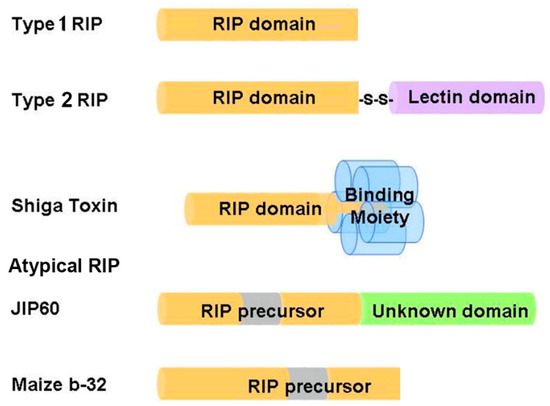 Source: mdpi.com
Source: mdpi.com
Their genes have been found in microorganisms and in two mosquitoes Aedes aegypti and Culex quinquefasciatusThey are rRNA N-glycosidases and remove adenine also from other substratesSome type 2 RIPs are potent toxins and cause severe cell. They are broadly classified into two groups. Type I and type II. 1 2 3 4 has been applied to plant proteins that enzymatically damage ribosomes in a. The main results of the research performed in the last 30 years on ribosome-inactivating proteins RIPs are reviewed with emphasis on the new controversial and uncertain aspects.
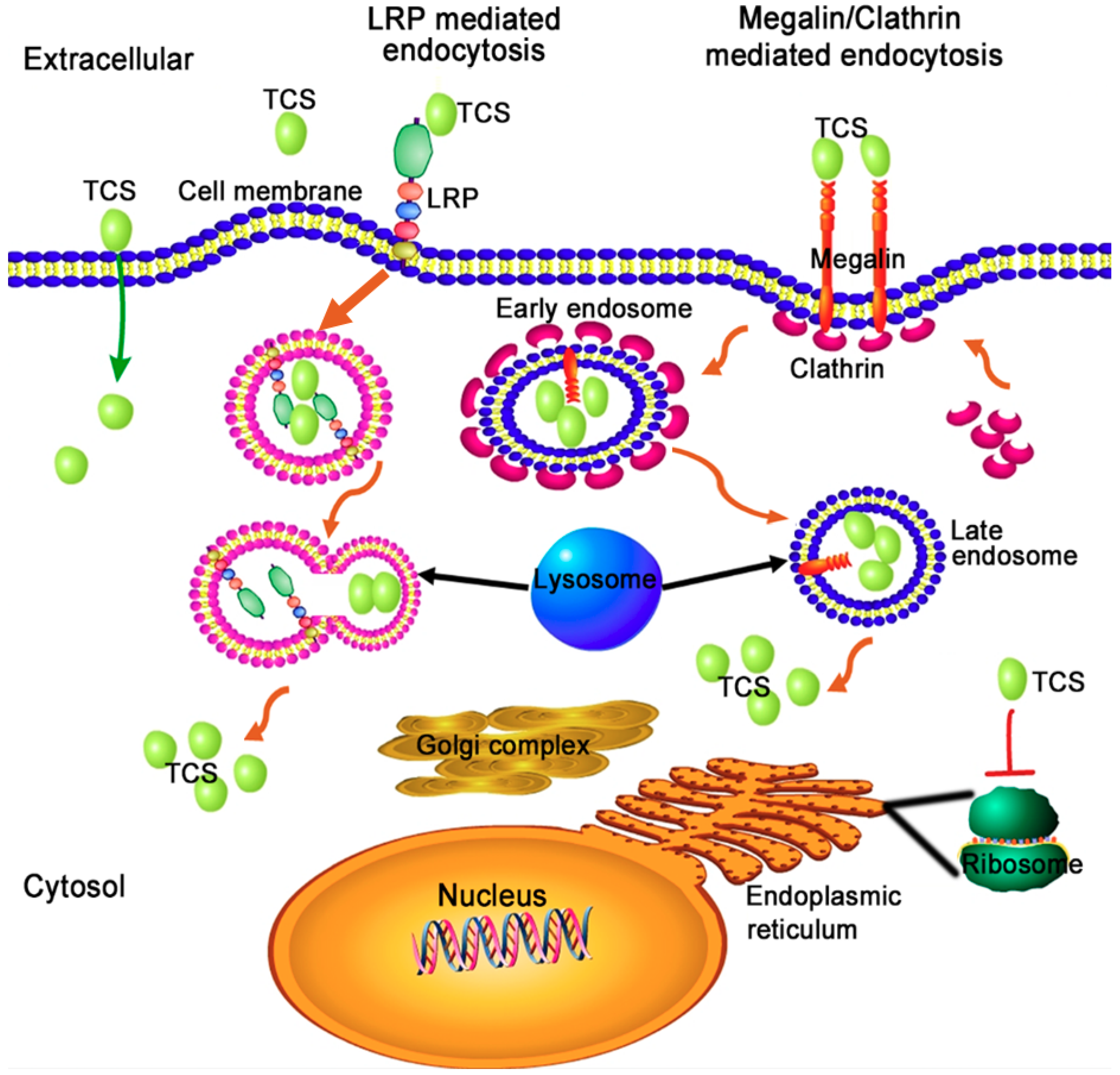 Source: mdpi.com
Source: mdpi.com
The designation of ribosome-inactivating proteins RIPs. Ribosome-inactivating proteins used were gelonin from seeds of Gelonium multiflorum an inhibitor from the seeds of Momordica charantia dianthin 32 from the leaves of Dianthus caryophyllus carnation and PAP-S from the seeds of Phytolacca americana pokeweed. In this study we report on the RIP sequences found in the genometranscriptome of several important Rosaceae species including many economically important edible fruits such as apple pear peach apricot and strawberry. Ribosome-inactivating proteins RIPs are found in a number of toxic and nontoxic plants. They are RNA N-glycosidases have antiviral antifungal and insecticidal activityTheir expression in plants is increased under stressful conditions.
 Source: semanticscholar.org
Source: semanticscholar.org
The type 2 RIPs have also been referred to as toxalbumins or as. Ribosome-inactivating proteins RIPs either single-chain type 1 or two-chain type 2 are frequent in plants often in multiple forms. They also depurinate other polynucleotide substrates. This protein family describes a large family of such proteins that work by acting as rRNA N-glycosylase EC 32222. Ribosome-inactivating proteins RIPs are a group of proteins that share the property of damaging ribosomes in an irreversible manner acting catalytically ie.
 Source: cuhk-orkts.technologypublisher.com
Source: cuhk-orkts.technologypublisher.com
Chain A is the catalytic domain and chain B binds to galactose. They are RNA N-glycosidases have antiviral antifungal and insecticidal activityTheir expression in plants is increased under stressful conditions. Ribosome-inactivating proteins RIPs are toxic N-glycosidases that depurinate the universally conserved alpha-sarcin loop of large rRNAs. Type 1 RIPs consisting of a single polypeptide chain and type 2 RIPs consisting of an A active chain and a B binding chain with lectin properties. This depurination inactivates the ribosome thereby blocking its further participation in protein synthesis.
 Source: researchgate.net
Source: researchgate.net
They are RNA N-glycosidases have antiviral antifungal and insecticidal activityTheir expression in plants is increased under stressful conditions. The designation of ribosome-inactivating proteins RIPs. Noctuidae By Fiorenzo Stirpe and Célia Carlini. The nature distribution mechanism of action and properties of these proteins are briefly reported together with the. Ribosome-inactivating proteins RIPs that contain two polypeptide chains A and B are catalytic enzymes that deglycosylate a specific base in the 28S rRNA of eukaryotes.
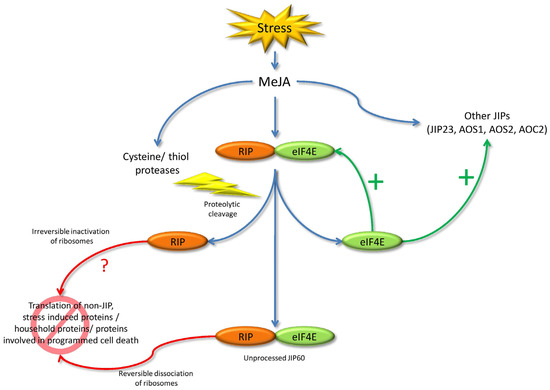 Source: mdpi.com
Source: mdpi.com
However they retain characteristic features forming a distinct class which diversified. Type I and type II. Ribosome-inactivating proteins RIPs are a group of proteins that share the property of damaging ribosomes in an irreversible manner acting catalytically ie. RIPs are widely distributed among different plant ge. Type I RIPs are a diverse family of proteins comprising a single polypeptide chain whereas.
 Source: mdpi.com
Source: mdpi.com
Ribosome-inactivating proteins used were gelonin from seeds of Gelonium multiflorum an inhibitor from the seeds of Momordica charantia dianthin 32 from the leaves of Dianthus caryophyllus carnation and PAP-S from the seeds of Phytolacca americana pokeweed. This depurination inactivates the ribosome thereby blocking its further participation in protein synthesis. Ribosome-inactivating proteins RIPs are toxic N-glycosidases that depurinate the universally conserved alpha-sarcin loop of large rRNAs. There are also RIPs and RIP related proteins that cannot be grouped into the classical type 1 and type 2 RIPs because of their different sizes structures or functions. The type 2 RIPs have also been referred to as toxalbumins or as.
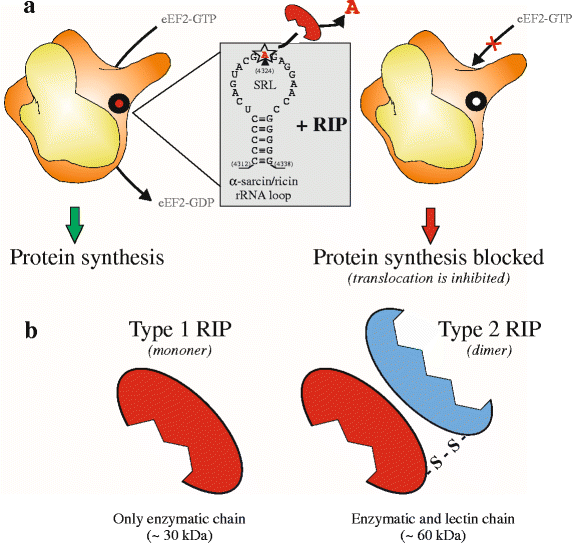 Source: link.springer.com
Source: link.springer.com
Ribosome-inactivating proteins RIPs either single-chain type 1 or two-chain type 2 are frequent in plants often in multiple forms. Ribosome-inactivating proteins RIPs either single-chain type 1 or two-chain type 2 are frequently found in plants. Type I RIPs are a diverse family of proteins com. Ribosome-inactivating proteins RIPs are mainly present in plants and function to inhibit protein synthesis through the removal of adenine residues from eukaryotic ribosomal RNA rRNA. In this study we report on the RIP sequences found in the genometranscriptome of several important Rosaceae species including many economically important edible fruits such as apple pear peach apricot and strawberry.
 Source: europepmc.org
Source: europepmc.org
Noctuidae By Fiorenzo Stirpe and Célia Carlini. Noctuidae By Fiorenzo Stirpe and Célia Carlini. Type 1 RIPs consisting of a single polypeptide chain and type 2 RIPs consisting of an A active chain and a B binding chain with lectin properties. The nature distribution mechanism of action and properties of these proteins are briefly reported together with the. A ribosome-inactivating protein RIP is a protein synthesis inhibitor that acts at the eukaryotic ribosome.
 Source: sciencedirect.com
Source: sciencedirect.com
A ribosome-inactivating protein RIP is a protein synthesis inhibitor that acts at the eukaryotic ribosome. All RIP domains from Rosaceae share high sequence similarity with. Type 1 ribosome-inactivating proteinsEntomotoxic oxidative and genotoxic action on Anticarsia gemmatalis Hübner and Spodoptera frugiperda JE. Type I and type II. The main results of the research performed in the last 30 years on ribosome-inactivating proteins RIPs are reviewed with emphasis on the new controversial and uncertain aspects.
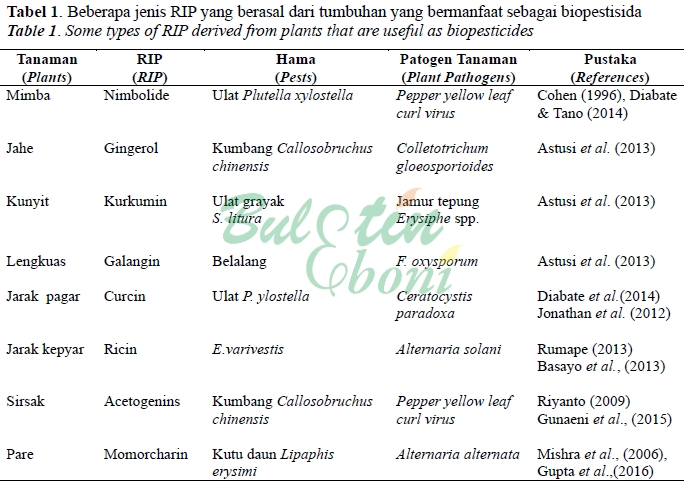 Source: ejournal.forda-mof.org
Source: ejournal.forda-mof.org
The type 2 RIPs have also been referred to as toxalbumins or as. RIPs are widely distributed among different plant genera and within a variety of different tissues. Ribosome-inactivating proteins RIPs are widespread among higher plants of different taxonomic orders. Type 1 ribosome-inactivating proteinsEntomotoxic oxidative and genotoxic action on Anticarsia gemmatalis Hübner and Spodoptera frugiperda JE. This depurination inactivates the ribosome thereby blocking its further participation in protein synthesis.
 Source: semanticscholar.org
Source: semanticscholar.org
Type 1 ribosome-inactivating proteinsEntomotoxic oxidative and genotoxic action on Anticarsia gemmatalis Hübner and Spodoptera frugiperda JE. Ribosome-inactivating proteins RIPs are mainly present in plants and function to inhibit protein synthesis through the removal of adenine residues from eukaryotic ribosomal RNA rRNA. 1 2 3 4 has been applied to plant proteins that enzymatically damage ribosomes in a. The interaction with and entry into. Ribosome-inactivating proteins RIPs that contain two polypeptide chains A and B are catalytic enzymes that deglycosylate a specific base in the 28S rRNA of eukaryotes.
 Source: sciencedirect.com
Source: sciencedirect.com
Type I RIPs are a diverse family of proteins comprising a single polypeptide chain whereas. The subject has been dealt with in a number of reviews some of them recent Nielsen and Boston 2001 Peumans et al 2001 Van Damme et al 2001 and other. 1 2 3 4 has been applied to plant proteins that enzymatically damage ribosomes in a. The type 2 RIPs have also been referred to as toxalbumins or as. RIPs are widely distributed among different plant genera and within a variety of different tissues.
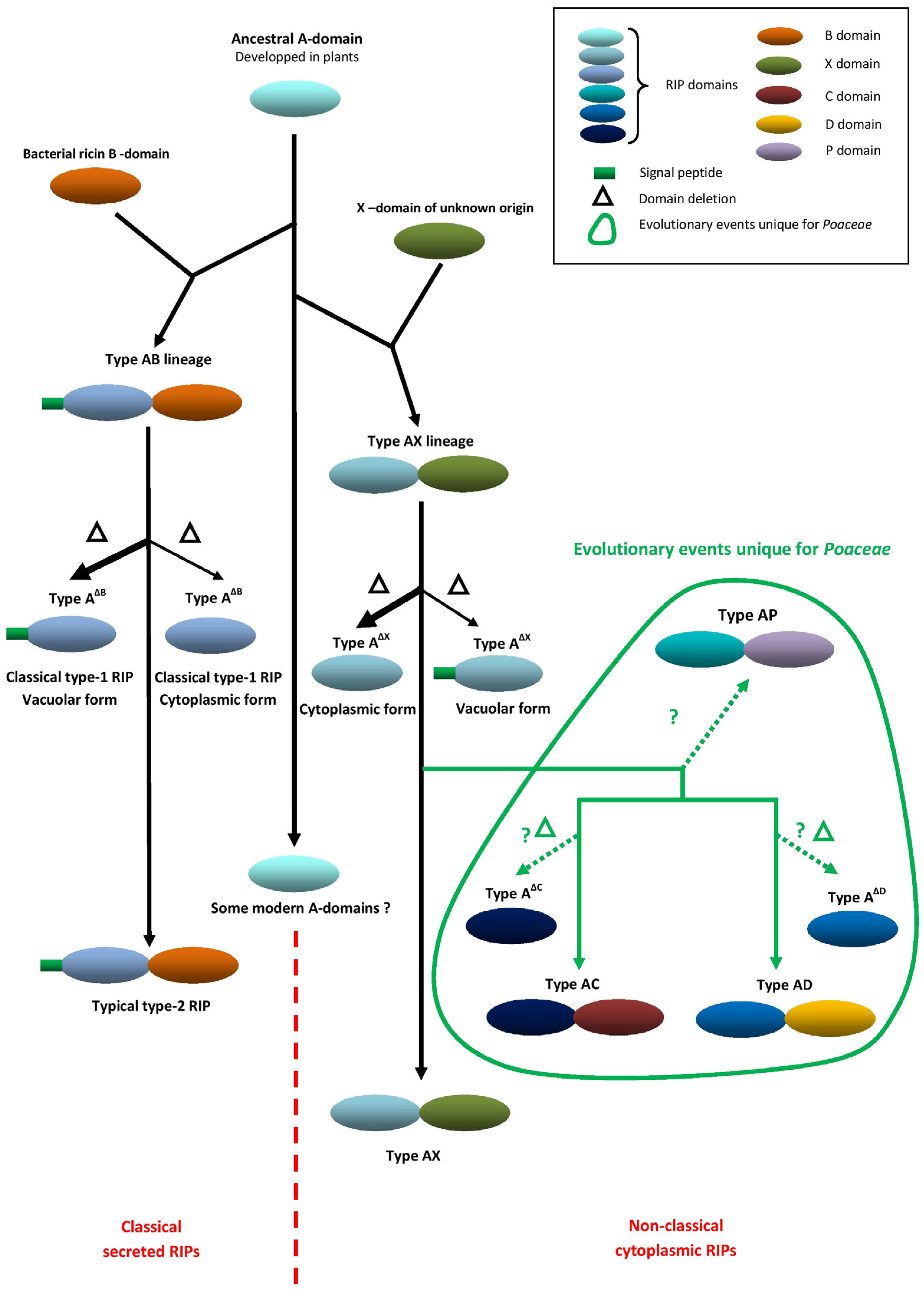 Source: mdpi.com
Source: mdpi.com
The designation of ribosome-inactivating proteins RIPs. Plants constitutively accumulate proteins that are either toxic or inhibitory against pathogens including ribosome-inactivating proteins RIPs and N-glycosidases that depurinate the universally conserved α-sarcin loop of large rRNAsCereal RIPs share a high similarity with all the other RIPs. They are broadly classified into two groups. Ribosome-inactivating proteins used were gelonin from seeds of Gelonium multiflorum an inhibitor from the seeds of Momordica charantia dianthin 32 from the leaves of Dianthus caryophyllus carnation and PAP-S from the seeds of Phytolacca americana pokeweed. This important reference provides up-to-date information on all aspects of ribosome-inactivating proteins RIPs.
This site is an open community for users to share their favorite wallpapers on the internet, all images or pictures in this website are for personal wallpaper use only, it is stricly prohibited to use this wallpaper for commercial purposes, if you are the author and find this image is shared without your permission, please kindly raise a DMCA report to Us.
If you find this site good, please support us by sharing this posts to your own social media accounts like Facebook, Instagram and so on or you can also bookmark this blog page with the title ribosome inactivating proteins by using Ctrl + D for devices a laptop with a Windows operating system or Command + D for laptops with an Apple operating system. If you use a smartphone, you can also use the drawer menu of the browser you are using. Whether it’s a Windows, Mac, iOS or Android operating system, you will still be able to bookmark this website.